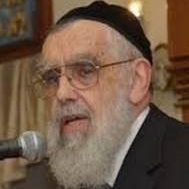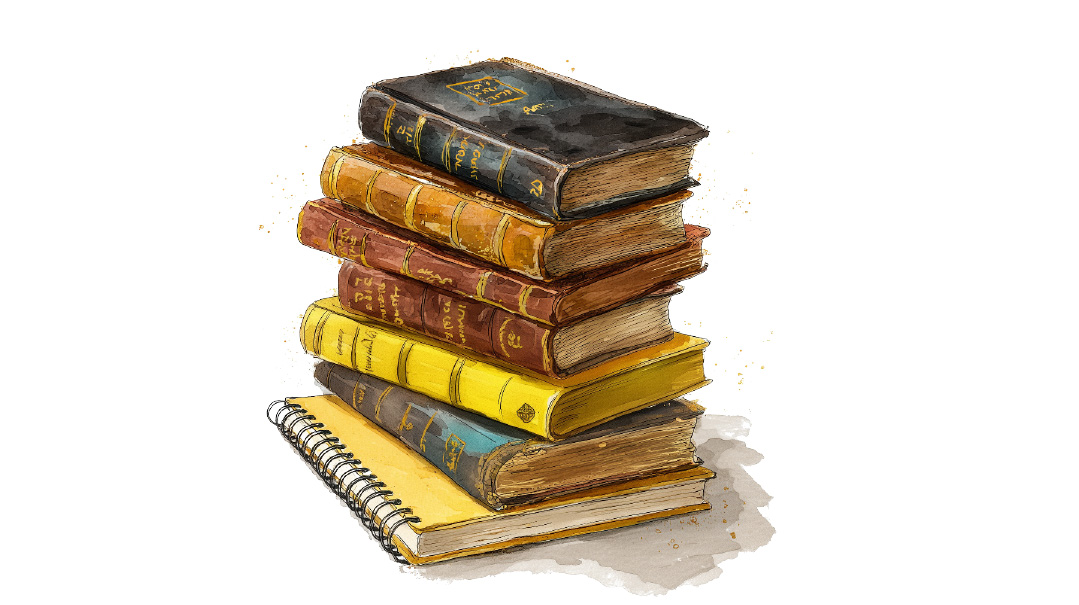The Yiddishe Kopp

What is it about Jews that puts us in the forefront — for good or for ill — of so many cutting-edge areas of life?
Historians generally agree that the four figures who most shaped 20th-century Western civilization were Marx, Darwin, Freud, and Einstein. Three out of the four were born Jews, Darwin being the only non-Jew.
A Jew bursts with pride at the Yiddishe kopp.
Also highly influential in recent history were the poet Heinrich Heine, Prime Minister Benjamin Disraeli, composer Felix Mendelssohn, writer Boris Pasternak, and composer and conductor Gustav Mahler. All were Jews by birth, but each of the latter group, primarily for reasons of career advancement, willingly became baptized into Christianity.
The Yiddishe kopp is still evident, but the Jewish pride deflates in shame.
Jews have historically been on the frontiers of medicine, physics, astronomy, mathematics, and the arts, and have won Nobel Prizes far out of proportion to our numbers. Even anti-Semites prefer Jewish lawyers and doctors, and revere the music of Horowitz and Rubinstein on the piano, and Yitzhak Perlman and Yehudi Menuhin and Jascha Heifetz on the violin — among many other Jews. On a less global platform, it was the Jewish patronage of avant-garde artists in the Paris of the 1920s and 1930s that transformed the previously unknown Monet, van Gogh, Picasso, and Cezanne — the revolutionaries of modern art — into household names. (See the new book by Charles Delheim, Belonging and Betrayal, from Brandeis.)
Again, a Jew bursts with pride.
But — in the vanguard of the Bolsheviks and Russian Communists, Jews were represented far out of proportion. The old Russian Empire had a population of 150 million. Only five percent of the population were Jews, but they constituted 50% of the membership of the revolutionary parties. Of the seven original members of the Bolshevik Politburo, three were Jews — each of whom had repudiated Judaism and severed all ties with their Jewish roots — as had Rosa Luxemburg and Leon Trotsky, the most extreme of these radicals. They and the Jewish revolutionaries were what has been termed “non-Jewish Jews.” (Source: Jewish Review of Books, Winter, 2019.)
Once again, the Jewish pride implodes into shame.
What is it about Jews that puts us in the forefront — for good or for ill — of so many cutting-edge areas of life? The conventional wisdom is that the traditional Jewish emphasis on study and learning sharpened the mind, enabling us to excel in law and medicine and science, but since many fields were closed to us, we were forced into entrepreneurship and finance and money lending.
All quite fascinating, but these theories do not address the issue of why so many Jews were prominent in so many revolutionary movements.
Where does this Jewish propensity for revolution come from? Surprisingly, it might originate in, of all people, our own forefather, Avraham Avinu. He was our first iconoclast, the breaker of idols. This is why he is known as Avraham Ha’Ivri, which means literally “Avraham of the other side.” The entire world was on one side, all worshiping various kinds of idols, and Avraham stood up against them; he was Ivri, a believer in the One G-d, and stood on the other side. Mankind was callous and self-centered, as in Sodom and Amorah; Avraham was the embodiment of chesed and kindness. He was on the other side.
Jews thus have a legitimate claim to certain revolutionary tendencies. We are all bearers of Avraham’s DNA, and we inherited an iconoclastic and idealistic streak, which breaks out of the box and seeks newness and freshness. If we observe the guardrails of Torah, that streak propels us forward and enhances our Jewishness. But without the guardrails, we tend to wander off into foreign and harmful excesses.
The world (and most Jews) do not know this, but we have our own 20th-century spiritual revolutionaries. The Chofetz Chaim (Rav Yisrael Meir Kagan) pioneered the spread of halachah to the masses with his Mishnah Berurah; Rav Chaim Brisker revolutionized Torah study with his original methods; Rav Meir Shapiro of Lublin expanded the study of Talmud with his innovative daf yomi concept; Rav Moshe Feinstein’s multivolume Igros Moshe responsa remains a trail-blazing showcase of the relevance of ancient halachah to contemporary issues. These are revolutionaries with guardrails.
But the revolutionary spirit minus guardrails ends up with Trotsky and Marx and the Bolshevik Politburo. In the beginning, they and their fellow-travelers believed that they were the pioneers of justice and equality for all mankind. However, left to their own devices, the idealism on their DNA was distorted, and instead of justice and equality for all, their revolutions eventually brought murder and savagery.
Jews are mysterious, unique, different. But are we Jews of pride, or Jews of shame? The DNA is within us, but it is the Torah’s guardrails — and the Yiddishe kopp — that define us. —
(Originally featured in Mishpacha, Issue 936)
Oops! We could not locate your form.






